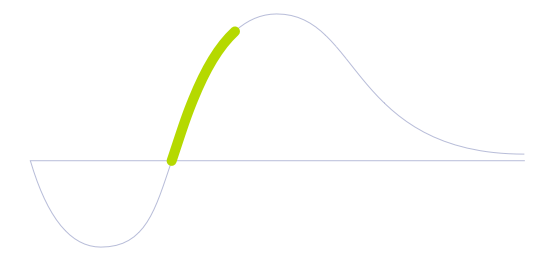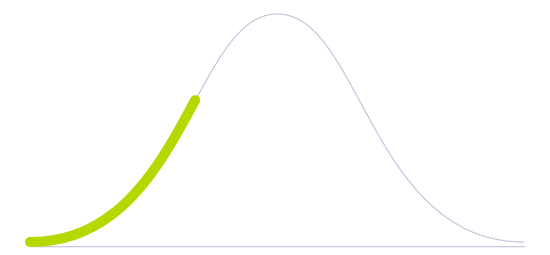Soft Robot

Technology Life Cycle
Marked by a rapid increase in technology adoption and market expansion. Innovations are refined, production costs decrease, and the technology gains widespread acceptance and use.

Technology Readiness Level (TRL)
Validation is conducted in relevant environments, where simulations are carried out as close to realistic circumstances.

Technology Diffusion
Embrace new technologies soon after Innovators. They often have significant influence within their social circles and help validate the practicality of innovations.

This type of robot uses flexible materials, such as rubber, silicone or biocompatible materials, which allows for bending, stretching, and moving in ways that are similar to living organisms. They are designed to be more flexible and adaptable than traditional rigid robots, allowing them to interact with complex environments in new ways, from the human body to unknown territories.
Soft robots work by using a combination of pneumatic, hydraulic, or electric systems to power and control their movement. Some soft robots use air or fluid pressure to change their shape, while others use electric actuators or shape-memory alloys. These materials and systems enable the robot to move in response to external stimuli, such as changes in pressure or temperature.
The technology is especially useful in situations where rigid robots are not suitable or effective, such as in medical applications or in hazardous environments. Soft robots can be made to be more durable and safe, able to withstand impacts and collisions, and can be used in close proximity to humans without causing harm.
Soft robots are being developed for a wide range of applications, including medical devices, environmental monitoring, and search and rescue operations. For example, researchers are developing soft robots that can navigate through the human body to deliver drugs or perform surgical procedures. They are also exploring the use of soft robots for monitoring the environment, such as underwater or in hazardous waste sites.
Future Perspectives
Ideally, soft robots will overcome the constraints imposed by the rigid components found in regular robots. More than merely reproducing capabilities, soft robotics will allow robots to perform new movements and motions previously impossible for silicon-based machines. In other words, soft robots will be able to squeeze, stretch, grow, and climb — emulating biological systems with more precision than regular robots.
One potential example is the soft robotic hand, which has caught global attention for its potential to improve prosthetics by making them more sensitive and adaptable. While soft robot hands can grasp objects with more precision and safety, they might evolve beyond helping people with disabilities to also be featured in precise processes such as surgeries.
Image: Midjourney